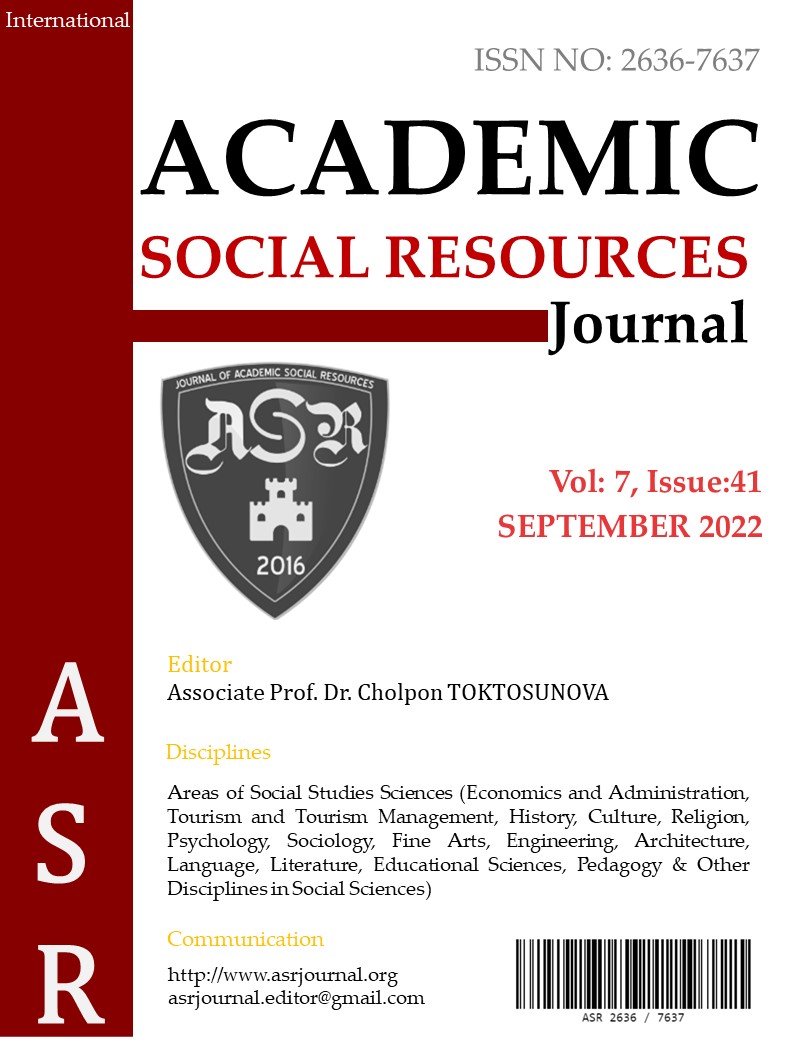Author :
Abstract
Günümüzde kurumların sürdürülebilirliklerini sağlayabilmeleri dinamik çevreye ayak uydurabilmesiyle alakalıdır. Bu çerçevede kurumların birer canlı organizma gibi hayatta kalabilmeleri ve sürdürülebilirliklerini sağlayabilmeleri proaktif bir anlayışı gerekli kılmaktadır. Diğer yandan bu dinamik yapı potansiyel problemleri beraberinde getirebilmektedir. Bu kapsamda kurumsal işleyişte iletişim süreçlerinin efektif kullanımı konusunda sorunlar yaşanabilmektedir. Bu doğrultuda gündeme gelen önemli kavramlardan biri kurumsal iletişimdir. Kurumsal iletişim kavramı; bir kurumun amaçlarına-hedeflerine ulaşabilmesi ve nihai olarak sürdürülebilirliğini sağlamasına adına gerçekleştirmiş olduğu iletişim süreçlerinin bütünüdür. Bu süreç; kurum içi/dışı bilgi akışını, motivasyonel unsurları, eş güdümü, organizasyonel becerileri, eğitsel ve denetsel hususları içermektedir. Kurumsal iletişim aynı zamanda bir kurumun paydaşlarına ve hedeflemiş olduğu kitleye karşı tüm iletişim kanallarını etkin bir şekilde açık tutması ile de tanımlanmaktadır. Tüm bu ifade edilenler kapsamında çalışmanın amacı temel bir bakış açısıyla kurumsal iletişim literatürünü incelemek ve bazı önerilerde bulunmaktır
Keywords
Abstract
Today, the sustainability of institutions is related to keeping up with the dynamic environment. In this context, the survival and sustainability of institutions like living organisms requires a proactive approach. On the other hand, this dynamic structure can bring potential problems. In this context, there may be problems in the effective use of communication processes in corporate functioning. One of the important concepts that come to the agenda in this direction is corporate communication. Corporate communication concept; it is the whole of the communication processes that an institution has carried out in order to achieve its goals and ultimately ensure its sustainability. This process; it includes internal/external information flow, motivational elements, coordination, organizational skills, educational and supervisory issues. Corporate communication is also defined as keeping all communication channels open to its stakeholders and targeted group. Within the scope of all these mentioned, the aim of the study is to examine the corporate communication literature from a basic point of view and to make some suggestions.
Keywords
- 1. Argenti, P. A. (1994). Corporate Communication. Boston, MA: Irwin McGraw-Hill. Balmer, J. M. T., & Greyser, S. A. (2002). Managing the multiple identities of the corporation.
- 2. Barnett, M. L., & Pollock, T. G. (Eds.). (2012). The Oxford Handbook of Corporate Reputation. Oxford, UK: Oxford University Press.
- 3. Cornelissen, J. (2000). 'Integration'in Communication Management: Conceptual and Methodological Considerations. Journal of Marketing Management, 16(6), 597-606.
- 4. Cornelissen, J. (2017). Corporate Communication: A Guide to Theory & Practice (5th ed.). London, UK: Sage.
- 5. Engin, S., & Önen, S. M. (2019). Türkiye’nin Güneydoğu Anadolu Bölgesindeki Devlet Üniversitelerinin SWOT Analizleri. Adıyaman Üniversitesi Sosyal Bilimler Enstitüsü Dergisi, (32), 526-550.
- 6. Fombrun, C. J. (1996). Reputation: Realizing Value from the Corporate Image. Cambridge, MA: Harvard Business School Press.
- 7. Frandsen, F., & Johansen, W. (2018). Corporate Communication. The International Encyclopedia of Strategic Communication, 1-10.
- 8. Frandsen, F., & Johansen,W. (2014). Corporate Communication. In V. Bhatia & S. Bremner (Eds.), The Routledge Handbook of Language and Professional Communication (pp. 220–236). London, UK: Routledge.
- 9. Freeman, R. E. (1984). Strategic Management: A Stakeholder Approach. Boston, MA: Pitman.
- 10. Goodman, M. B. (1994). Corporate Communication: Theory and Practice. Albany, NY: State University of New York Press.
- 11. Heath, R. L. (1992). Management of Corporate Communication: From Interpersonal Contacts to External Affairs. Mahwah, NJ: Routledge.
- 12. Van Riel, C. (1995). Principles of Corporate Communication. London, UK: Prentice Hall.
